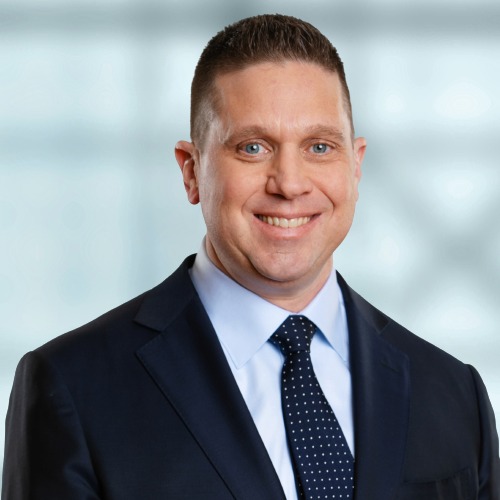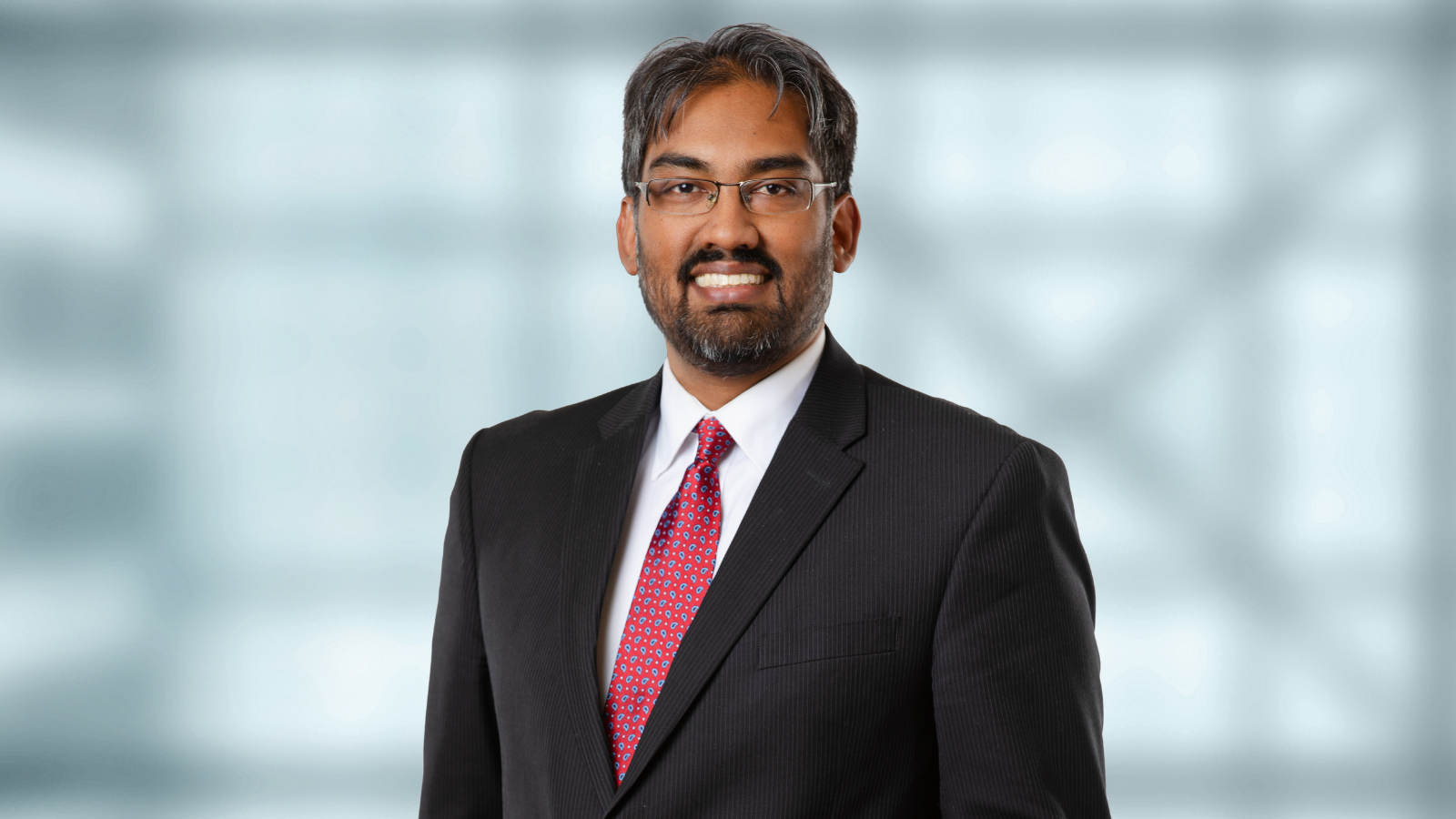The event will help clarify the issues around accessibility in air travel and start to work on solutions.
Air travel can be challenging for people with disabilities. Those who use mobility devices fear that their wheelchairs may become lost or damaged during flights and face the difficulty of not having access to bathrooms for hours at a time while they’re on the plane; people who have seeing- or hearing-related disabilities can miss crucial announcements; and neurodivergent people might be overwhelmed by the lights and noise of the airport.
UHN’s KITE Research Institute is looking for solutions with the Accessible Air Travel Forum in September. It's led by Dr. Tilak Dutta, a Senior Scientist who runs the Engineering Health team and has worked on large accessibility projects. The event will bring together various stakeholders to clarify the issues around air travel and accessibility and start to work on solutions.
“Air travel has lagged behind a lot of other areas where we’ve been improving accessibility,” says Dr. Dutta. “People with disabilities should be able to fly without anxiety and risk of damage to devices, and to be confident that they will be able to navigate an airport.”
The event features high-profile presenters such as Stephanie Cadieux, Canada’s Chief Accessibility Officer, Matthew Shaw, Vice Chair of Accessibility Standards Canada, Kathy Saliba, Manager of Passenger Care from Greater Toronto Airports Authority, Maayan Ziv, Founder and CEO of AccessNow, and Karianne Wilson, Director of Customer Accessibility at Air Canada. It offers a chance for people with disabilities, airline manufacturers, airlines, disability travel experts and scientists to connect and share ideas.
The airline industry has already made improvements in accessibility, from some airlines creating guidelines on how to secure wheelchairs in cargo space to others putting a two-part tag on the wheelchair once it’s on board and then giving one half to its owner. “Even something as simple as that tag can be so powerful in reducing the fear that their wheelchair won’t be there at the end of your flight,” says Dr. Dutta. “We spoke to someone who had that on their flight, and while they were telling me about it, they were so emotional they cried.” But many additional changes are still needed.
The September event marks one of the initial steps in Dr. Dutta's larger research initiative on airline accessibility, which Accessibility Standards Canada funds. A primary focus of this work is to create recommendations for securing, loading and unloading mobility devices. To do this, they’re using the KITE simulation labs to identify precisely how to strap down wheelchairs in a way that doesn’t cause damage, and creating sensors that track the stress put on wheelchairs during real-life flights.
The team isn't stopping there. It's also conducting research that examines the issue of accessibility from multiple angles, including an environmental scan, interviews with people with disabilities about their experiences, and discussions with staffers about challenges such as time constraints.
They’re also looking at a longer-term goal of changing the seating in airplanes to be more accessible. Dr. Dutta’s team has introduced model airplane seats into KITE’s labs. This September, they will mock up an airline cabin to study setups that allow passengers to bring their wheelchairs on planes and use them as seats, while also having access to an accessible bathroom.
Dr. Dutta hopes that the conference and his team’s research will help airlines identify and emulate best practices and that they will inform Accessibility Standard Canada’s upcoming new standards around airline travel. “We have to look at this at the system level to solve these problems,” he says. “With the expertise and facilities that KITE has, and our mindset of working both with people with lived experience and industrial partners, we can be that third party that brings both sides together to find some solutions.”




